Every July 6th, the central balcony on Pamplona’s Town Hall sees the Chupinazo, the rocket launched to mark the beginning of the San Fermin fiestas which started today.
In all, four rockets are traditionally launched during the annual encierros (bull running).
The first one is launched when the clock on the church of San Cernin strikes 08h00. Then the gates of the corral are opened and the barriers formed by Pamplona’s Municipal Police retaining the runners are withdrawn. The second rocket announces that the entire herd has left the corral, the third that the bulls and the oxen are in the Bullring and the fourth rocket indicates that the entire herd has entered the corral at the Plaza de Toros.
I have done a blog entry on the San Fermin activities in Pamplona in July 2007, and you might wish to check there on taurino matters.
Today, I am rather inclined to let you know that Pamplona has more to offer than just bullish things and events. Much more.
Surrounded by mountains, the plain of the basin of Pamplona has always favoured human settlement. Stone tools have been found on the terraces of the River Arga dating from some 75,000 years ago. In the first millennium B. C., there already existed a Vascon settlement beneath the modern-day city. This settlement gave rise to the name Iruña, Basque for ‘the city’. The Roman General, Gnaeus Pompey Magnus, arrived in 75 B. C. and founded a Roman-model city. He gave it its name, Pompaelo, and enhanced its function as a strategic link between the peninsula and Europe.
Quite a few years later, Pompaelo, now Pamplona, became a major venue for anyone walking the Camino de Santiago along the so-called Camino Francés.
The Gothic bridge of La Magdalena is the main entrance to the city for pilgrims. Built in the 12th Century, it has three slightly pointed arches as supports. There is a cross with an image of San Jacobeo at one end. After crossing the River Arga, pilgrims find themselves beneath Pamplona’s city walls.
Caminantes cross the Gateway of France, and climb Calle del Carmen, known as Rúa de los Peregrinos in the 14th and 15th centuries, to the ancient City of Navarrería. This is the oldest gateway in the city. It bears a coat of arms carved with the two-headed eagle and the imperial arms.
The Pilgrims’ road passes through the square in front of the Ayuntamiento de Pamplona (Town Hall), one of the most important stages of the San Fermin fiestas.
A brotherhood used to attend and give shelter to pilgrims at the church of Santo Domingo. The church is large, open-plan and austere, typical of religious architecture. Inside, Saint James is present in the niche on the façade, dressed as a pilgrim, complete with stick, hat and scallop shell. The façade repeats the scallop-shell motif, icon of the Pilgrimage, on its niches and door.
The church of San Lorenzo saw the light of day in the 13th Century, but only the tower remains of the original medieval building. This church houses the famous Chapel of San Fermin with its bust-reliquary of Pamplona’s patron saint and first Bishop of the city. Next to the church is the Plaza de Recoletas with its Neoclassical fountains and the Convento de los Carmelitos, founded in 1634.
The good news, overall, is that you do not have to be a taurean aficionado, nor an Ernest Hemingway lover, nor even a pilgrim or anything, really, to get a lot of pleasure out of a visit to Pamplona, the capital city of Navarra province.
Navarra is the largest of the four Basque provinces that we have in Spain. A lot of good things come from the Basque culture and the Basque people, whatever you might think and hear, or read in the papers – good food, good music, good fun and lots of good life, all round. And of course, you know that on the French side of the Pyrenees, there are three more Basque provinces, with lots more good things, aussi.
But that is perhaps a story for another day.




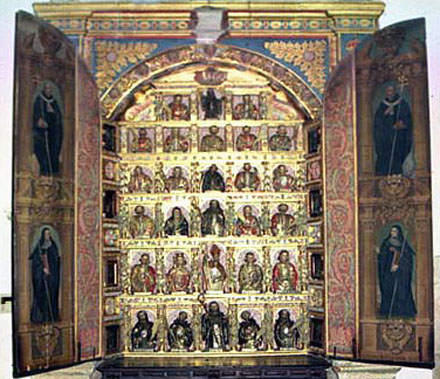






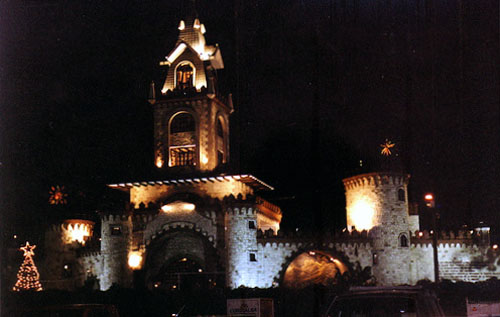


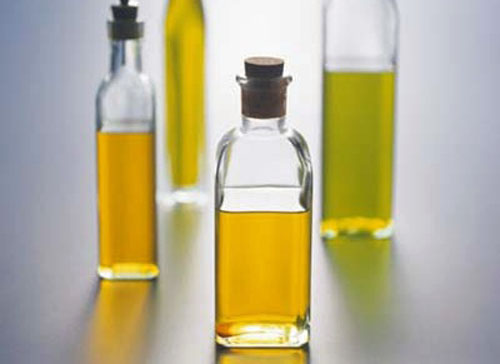


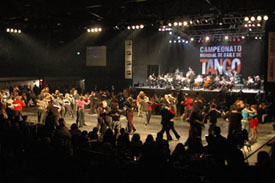
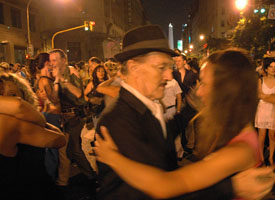
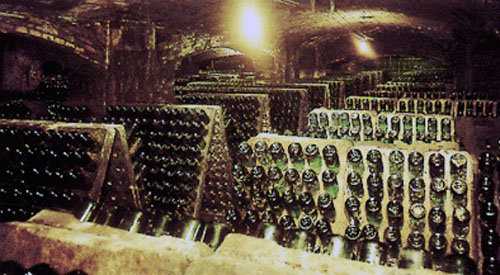
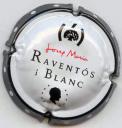

You must be logged in to post a comment.